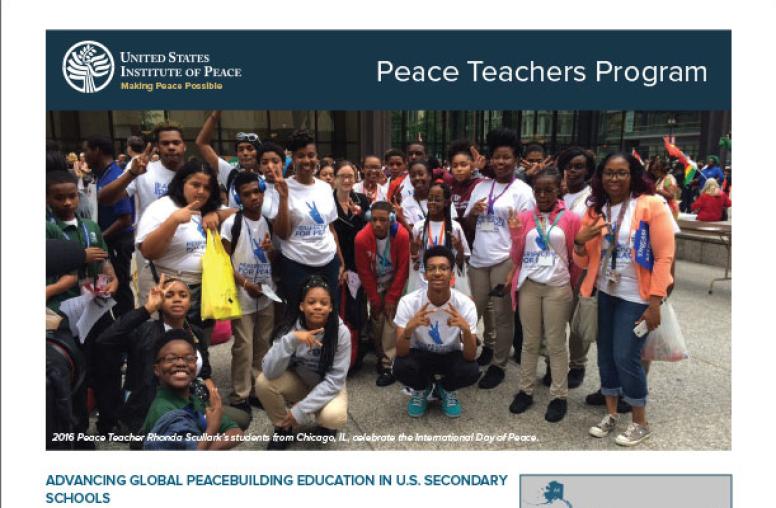United States and Coercive Diplomacy
With increasing frequency, U.S. leaders look to achieve their foreign policy goals by marrying diplomacy to military muscle. Since the end of the Cold War, "coercive diplomacy"—the effort to change the behavior of a target state or group through the threat or limited use of military force—has been used in no fewer than eight cases.
"This is indeed an exemplary collection of policy-relevant research. Art and his colleagues are to be commended for this remarkable addition to the work on coercive diplomacy."—Alexander George
With increasing frequency, U.S. leaders look to achieve their foreign policy goals by marrying diplomacy to military muscle. Since the end of the Cold War, "coercive diplomacy"—the effort to change the behavior of a target state or group through the threat or limited use of military force—has been used in no fewer than eight cases.
But what, exactly, has the concept of coercive diplomacy meant in recent practice? What are coercive diplomacy's objectives? How does it operate? And how well does it work?
To answer these questions, Robert Art and Patrick Cronin have enlisted a distinguished cast of scholars and practitioners to investigate the record of the past twelve years. Each author focuses on one of coercive diplomacy's recent targets, a remarkably diverse group ranging from North Korea to Serbia to the Taliban, from warlords to terrorists to regional superpowers.
As Robert Art makes clear in a groundbreaking conclusion that will give scholars food for thought and policymakers reason to pause, those results have been mixed at best. Art dissects the uneven performance of coercive diplomacy and explains why it has sometimes worked and why it has more often failed.
About the Editors
Patrick M. Cronin is assistant administrator at the U.S. Agency for International Development and former director of research and studies at the U.S. Institute of Peace.



